- Healthy Innovations
- Posts
- 🧬 The Human Phenotype Project
🧬 The Human Phenotype Project
The groundbreaking study showing how our body actually works
Welcome back to Healthy Innovations! 👋
Twenty-five years ago, scientists celebrated completing the Human Genome Project - a monumental achievement that gave us our first complete "blueprint" of human DNA. But here's what we quickly learned: having the blueprint isn't the same as understanding how the building actually works.
This is why the Human Phenotype Project is so imortant.
The Human Phenotype Project is a revolutionary study that's asking not just "what are your genes?" but "how does your unique biology actually function, change, and respond to life over time?"
This isn't just another biobank. It's the foundation for creating your personal health "digital twin" and it's already transforming how we think about preventing disease before it starts.
So let’s dive in!
From genome to phenome: Understanding the difference
Let's start with a simple analogy. If the Human Genome Project was like getting the complete architectural plans for a house, the Human Phenotype Project is like installing cameras, sensors, and monitoring systems to understand how that house actually functions day by day, season by season, year by year.
The Human Genome Project, completed between 1990 and 2003, aimed to sequence all 3.1 billion DNA base pairs in human chromosomes. It gave us a static "reference genome" from approximately 20 individuals, revealing the basic genetic "code" that makes us human and enabling advances like genetic testing, CRISPR, and targeted therapies.
In contrast, the Human Phenotype Project, launched in 2017 and ongoing, tracks how biology changes over time in living people through "deep phenotyping." With 28,000 participants enrolled and over 13,000 completing their initial comprehensive visits, it's revealing how genes, environment, lifestyle, and time interact to create unique health patterns. This massive undertaking is already enabling AI-powered health predictions and truly personalized medicine.
The key difference? The genome is what you inherited. The phenome is what you become.
Deep phenotyping: Health data like you've never seen
The Human Phenotype Project collects an unprecedented breadth of longitudinal data including medical history, lifestyle and nutritional habits, vital signs, anthropometrics, blood tests, continuous glucose and sleep monitoring, imaging modalities and molecular profiling of the transcriptome, genetics, gut, vaginal and oral microbiome, metabolome and immune system.
Think of it as the most comprehensive annual physical imaginable - but tracked over decades. At the molecular level, participants undergo complete genomics and transcriptomics analysis, gut, oral, and vaginal microbiome profiling, metabolome and immune system mapping, plus detailed blood biomarkers and hormonal status tracking.
What makes this truly revolutionary is the continuous monitoring component. Even healthy people wear continuous glucose monitors to track metabolic patterns, undergo weeks of sleep architecture monitoring, and have their heart rate variability and stress markers measured in real-time. Advanced imaging includes liver ultrasound, retinal scans, cardiovascular and brain imaging, plus detailed body composition analysis.
Perhaps most importantly, the Human Phenotype Project integrates comprehensive lifestyle data - detailed nutritional intake, exercise patterns, stress levels, and environmental exposures - creating a complete picture of how daily life intersects with biology over time.
Recent breakthroughs that are changing medicine
The Human Phenotype Project has already produced remarkable insights that are reshaping how we understand health and disease.
Sleep as a crystal ball for health represents one of the most striking discoveries. A groundbreaking 2025 study analyzing 16,812 nights of sleep data from 6,366 participants found that sleep features predicted over 15% of body system traits across 15 of 16 body systems, including cardiovascular, metabolic, and mental health. The most striking finding? Visceral fat was strongly correlated with sleep apnea metrics (Spearman ρ = 0.52), and sleep measures predicted insulin resistance and blood lipid levels with greater accuracy than traditional metrics.
Researchers have developed GluFormer - a multi-modal foundation AI model trained on continuous glucose monitor data that outperforms existing methods in predicting future onset of disease. This AI can forecast your future glucose patterns better than traditional A1C tests.
The creation of personalized aging clocks represents another breakthrough. The project has created "system-specific clocks" that can estimate how old your heart, immune system, or metabolism behaves - not just your chronological age, with these predictions correlating with real-world outcomes and clinical risks.
Perhaps most surprisingly, microbiome findings challenged conventional wisdom. While genetic data reliably predicted ancestry, microbiome data did not, highlighting how environment, diet, and lifestyle may play bigger roles in shaping gut health than DNA alone.
The digital twin revolution
The Human Phenotype Project is also creating "digital twins" - AI frameworks that integrate all data modalities of each subject as a continuous sequence of diverse medical events, creating a digital twin that can simulate interventions and predict health trajectories and outcomes.
Imagine having a virtual version of your body that can answer questions like: "How would my metabolism respond to intermittent fasting?" "What's my risk of developing diabetes in the next 5 years?" "Which sleep schedule would optimize my cardiovascular health?"
What this means for your health in 3, 5, and 10 years
Looking ahead, the implications are staggering.
In the next three years, we can expect continuous glucose monitors devices to become routine for healthy people to optimize metabolism, AI-powered sleep analysis to predict and prevent chronic diseases, and personalized reference ranges to replace one-size-fits-all lab values.
Within five years, your smartphone camera may detect early signs of neurological changes, digital twins will guide personalized nutrition and exercise plans, and predictive models will identify disease risk years before symptoms appear.
A decade from now, annual "phenotype updates" could become as routine as annual physicals, AI health coaches may provide real-time lifestyle optimization, and preventive interventions will be designed specifically for your biological patterns.
The bigger picture: From reactive to predictive healthcare
The Human Phenotype Project represents a fundamental shift from our current reactive healthcare system (treat disease after it appears) to a predictive one (prevent disease before it starts).
The project demonstrates how Human Phenotype Project data can be used to unravel personalized molecular signatures of disease by comparison to patient-specific and disease-specific matched healthy controls.
Instead of asking "What's wrong with you?" the future will ask "What might go wrong - and how can we stop it?"
The future is personal
The Human Genome Project showed us the power of understanding our genetic blueprint. The Human Phenotype Project reveals something even more powerful: the ability to understand, predict, and optimize our individual biological journey.
In a world moving toward precision medicine, the Human Phenotype Project isn't just collecting data - it's collecting the future of healthcare itself.
Innovation highlights
🦟 Mosquito poison pills. A breakthrough study in Kenya and Mozambique found that giving communities monthly ivermectin pills reduced malaria cases by 26%. The clever twist? The medication makes human blood lethal to mosquitoes after they bite. As a bonus, participants also reported fewer lice, scabies, and bed bugs. This safe, widely-available drug could become a powerful new weapon alongside traditional malaria prevention tools like bed nets.
🥛 Yogurt's healing powers. Columbia University researchers created a revolutionary tissue-healing gel using extracellular vesicles from yogurt. These microscopic particles from milk act as both structural building blocks and bioactive healing agents in an injectable hydrogel. In mice tests, the yogurt-based gel promoted new blood vessel formation within a week and created anti-inflammatory environments that accelerated tissue repair. This accessible approach could transform wound healing and regenerative medicine treatments.
🫁 Tiny lab lungs. Scientists in Japan created a revolutionary "lung-on-a-chip" device that mimics different regions of human lungs using stem cells on microfluidic chips. This breakthrough technology offers a more accurate way to study respiratory viruses like COVID-19 compared to traditional animal testing. The device could accelerate drug screening, enable personalized medicine, and help scientists prepare for future pandemics by understanding how viruses affect lung tissue.
Company to watch
🧠 Remember that meditation app Headspace? They've completely transformed themselves into a full-service mental health platform that's changing how workplaces support employee wellbeing. Their smart approach uses technology to connect people with just the right level of help - whether that's guided meditations, chatting with a coach (available 24/7), or getting connected with a therapist or psychiatrist when needed.
What makes Headspace special is how they're tackling mental health for everyone, not just individuals. Their latest workplace research found that nearly 6 in 10 employees have thought about quitting because of mental health issues. Their new digital companion "Ebb" feels like texting with a supportive friend rather than a robot, offering personalized support that respects cultural differences and unique needs.
Headspace isn't stopping there. They've created special programs for healthcare workers dealing with burnout (we all know they need it), and they're going global with content in over 100 languages by next year. By combining easy-to-use wellness tools with legitimate clinical assessments and therapy techniques, Headspace is bridging the gap between "feel good" apps and serious mental healthcare - potentially changing how millions of us get help when we're struggling.
Weird and wonderful
🎬 Dreams go Hollywood. Design studio Modem created the Dream Recorder, a bedside AI device that transforms your dreams into mini movies. Each morning, you dictate your dream memories into this clock radio-like gadget, which sends the transcript to cloud-based AI that generates a short video. The ethereal 240x240 pixel resolution mimics how we remember dreams, with blurred faces and dreamy aesthetics to avoid literal mismatches. Like real memory, it deletes dreams after a week.
“The thing that happens in your head isn’t going to be magically recreated by this video generator,” says project contributor Mark Hinch. “But it will hopefully capture the essence of the perhaps bizarre, weird, fragmented ideas of what happened in your head in the story.”
Thank you for reading the Healthy Innovations newsletter.
Keep an eye out for next week’s issue, where I will highlight the healthcare innovations you need to know about.
Have a great week!
Alison ✨
P.S. If you enjoyed reading the Healthy Innovations newsletter, please subscribe so I know the content is valuable to you.
P.P.S. Healthcare is evolving at an unprecedented pace, and your unique insights could be invaluable to others in the field. If you're considering starting your own newsletter to share your expertise and build a community around your healthcare niche, check out beehiiv (affiliate link). There's never been a better time to start sharing your knowledge with the world.
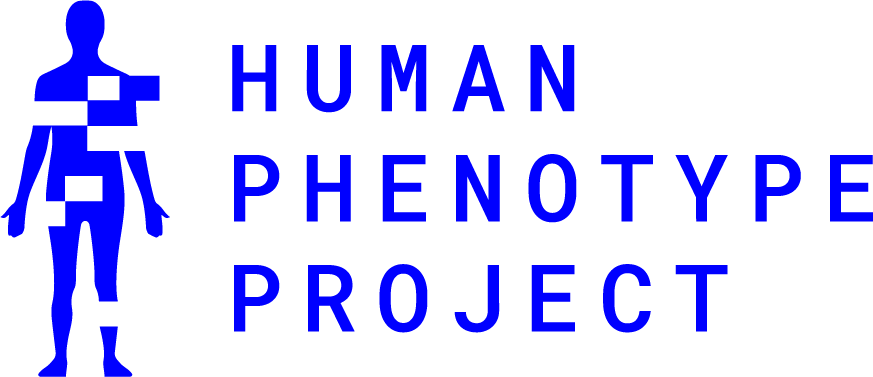
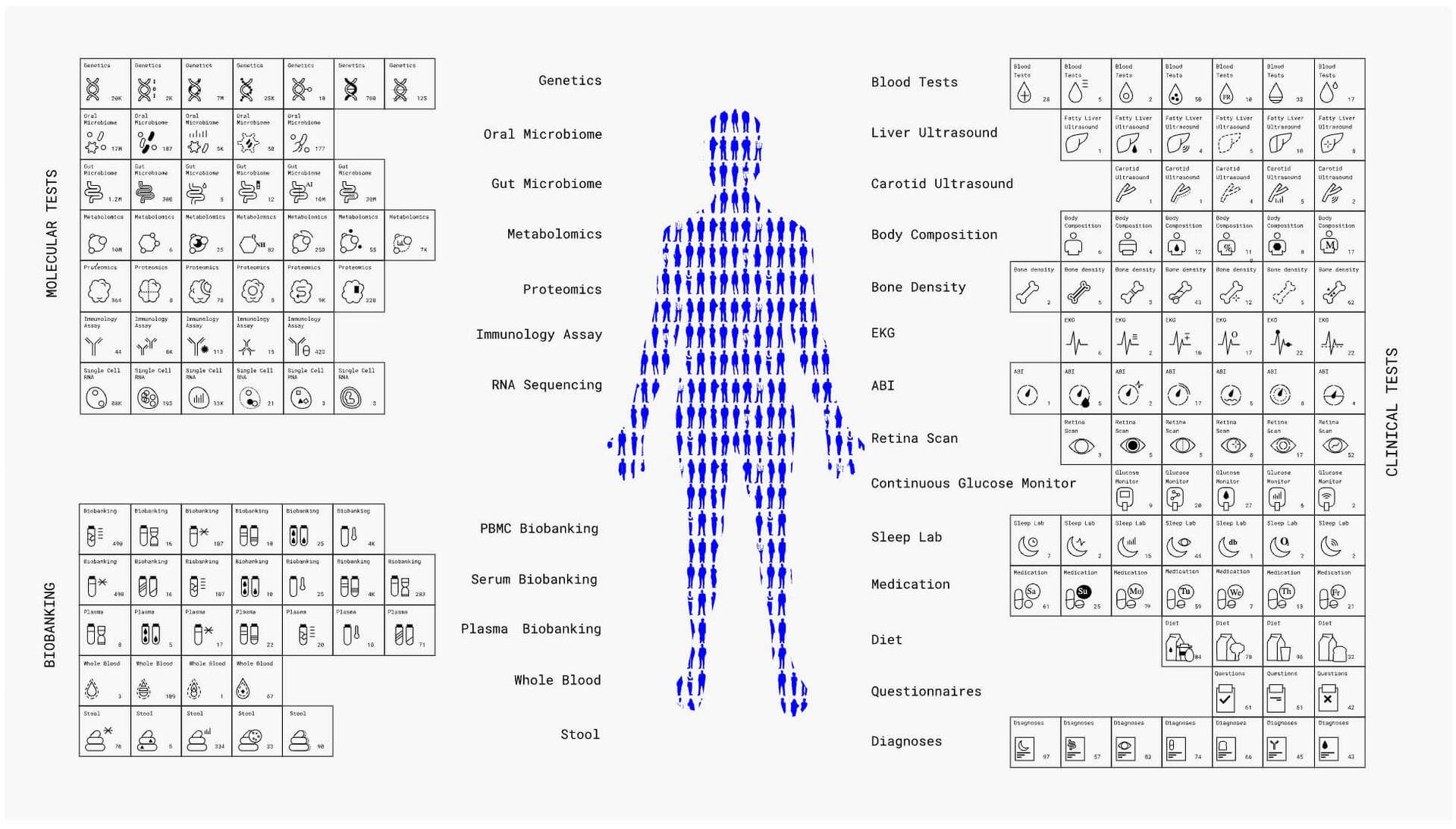
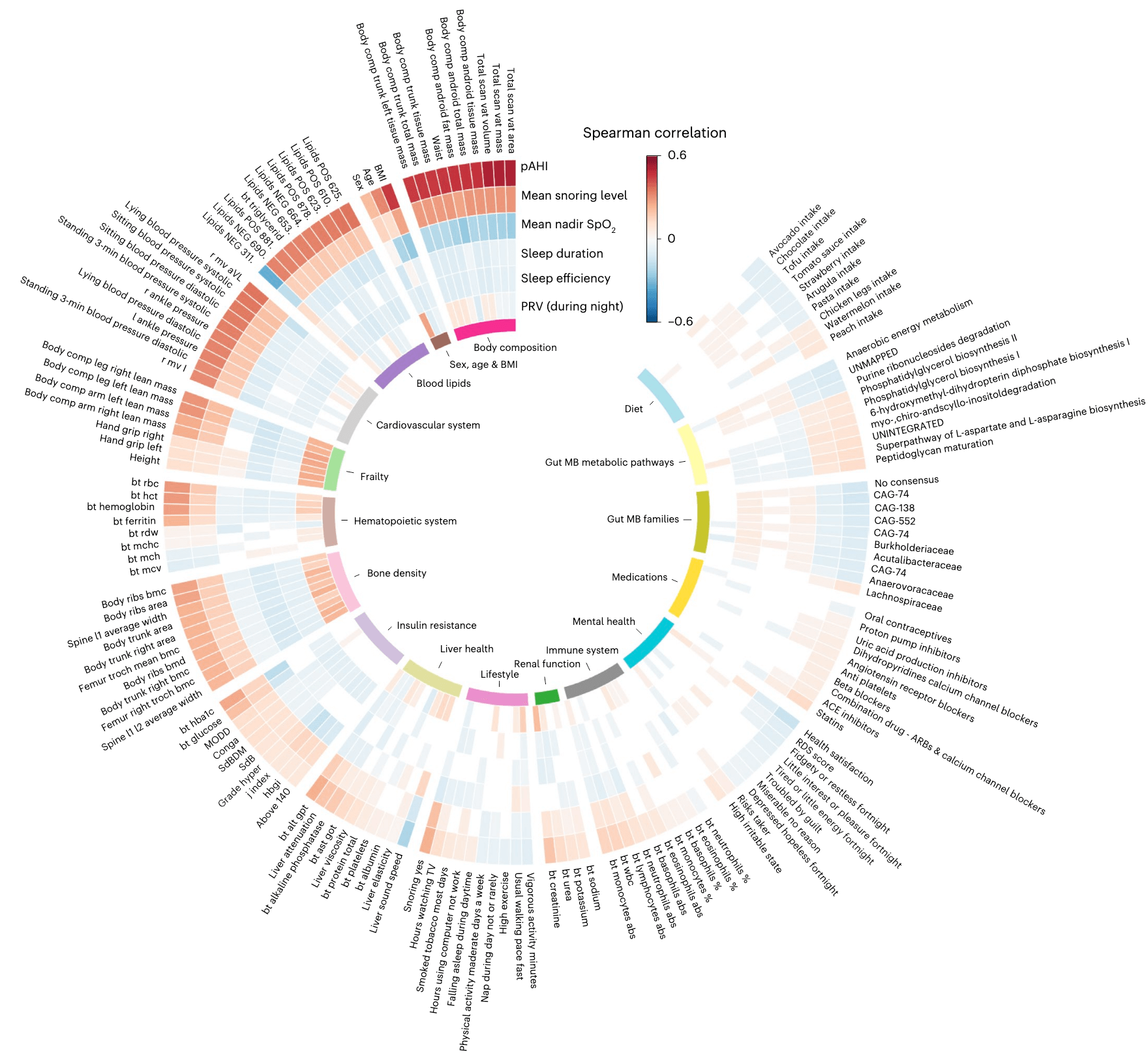
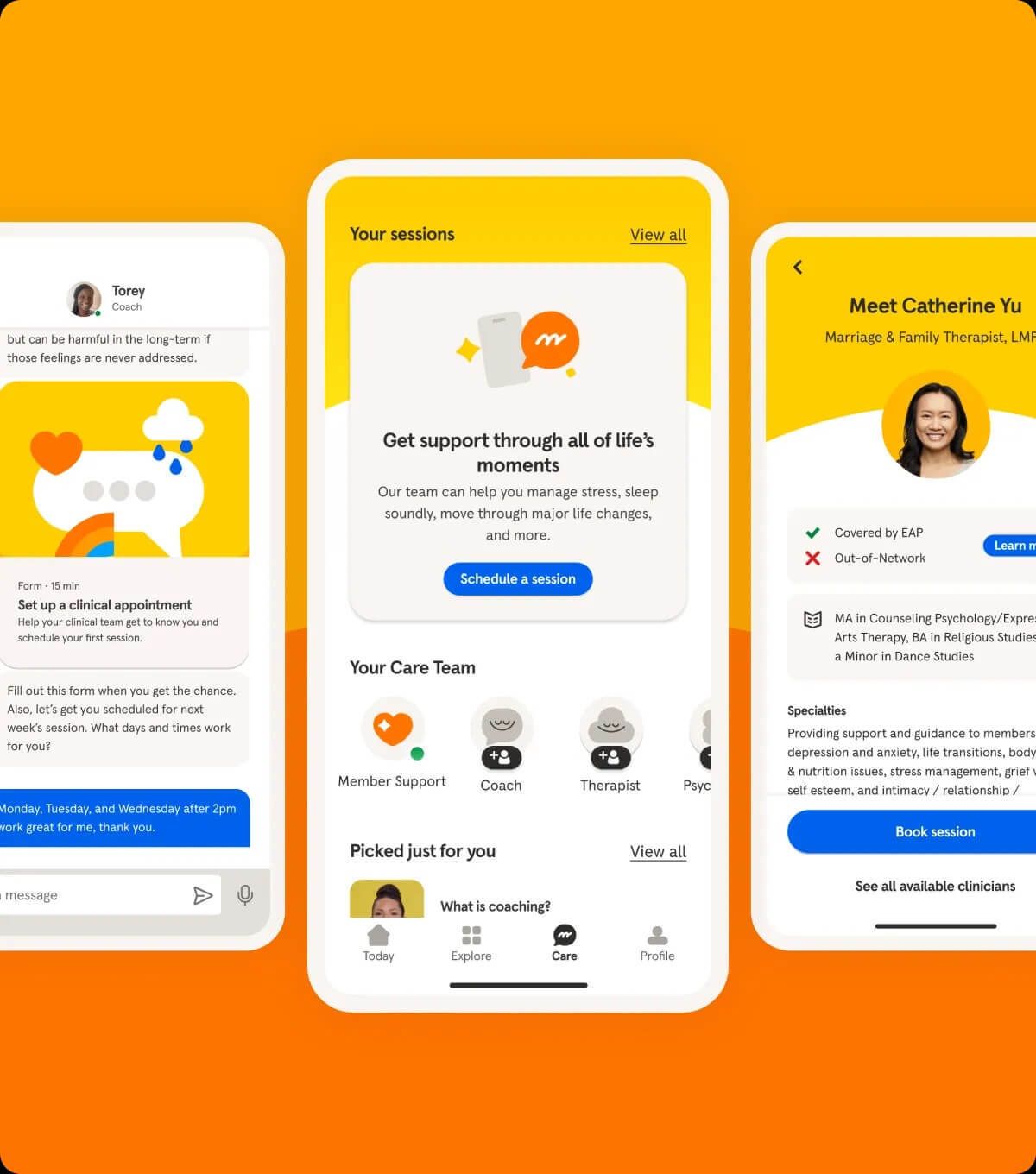
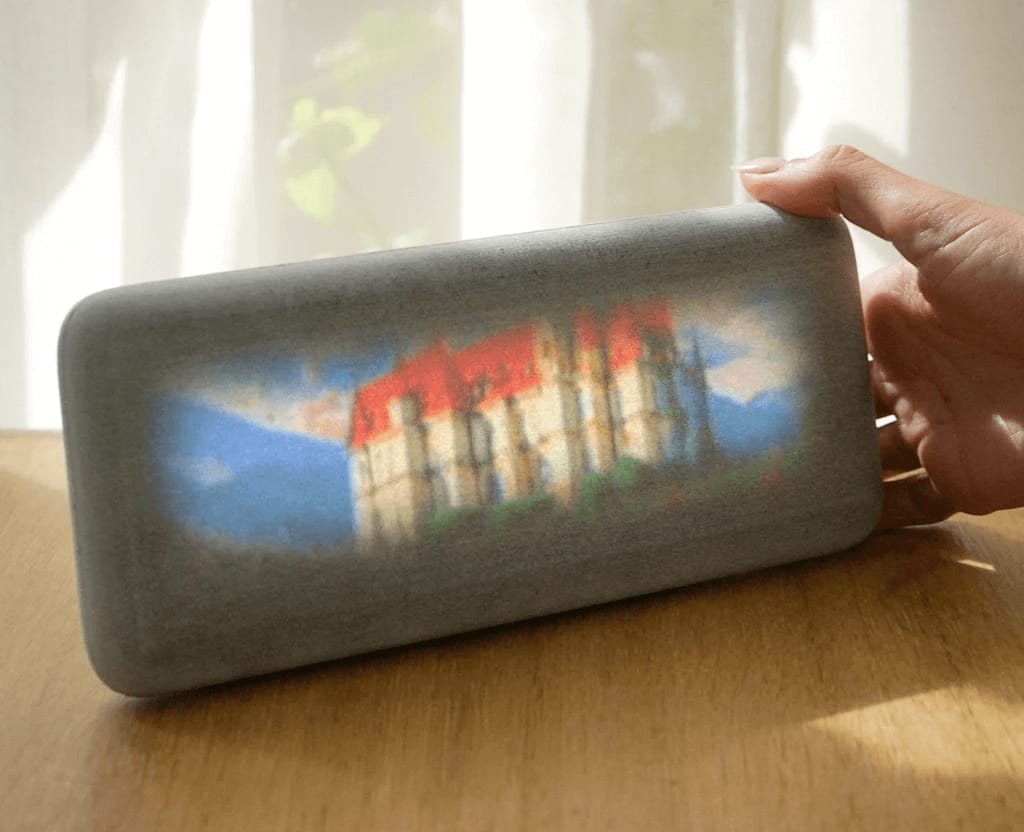
Reply